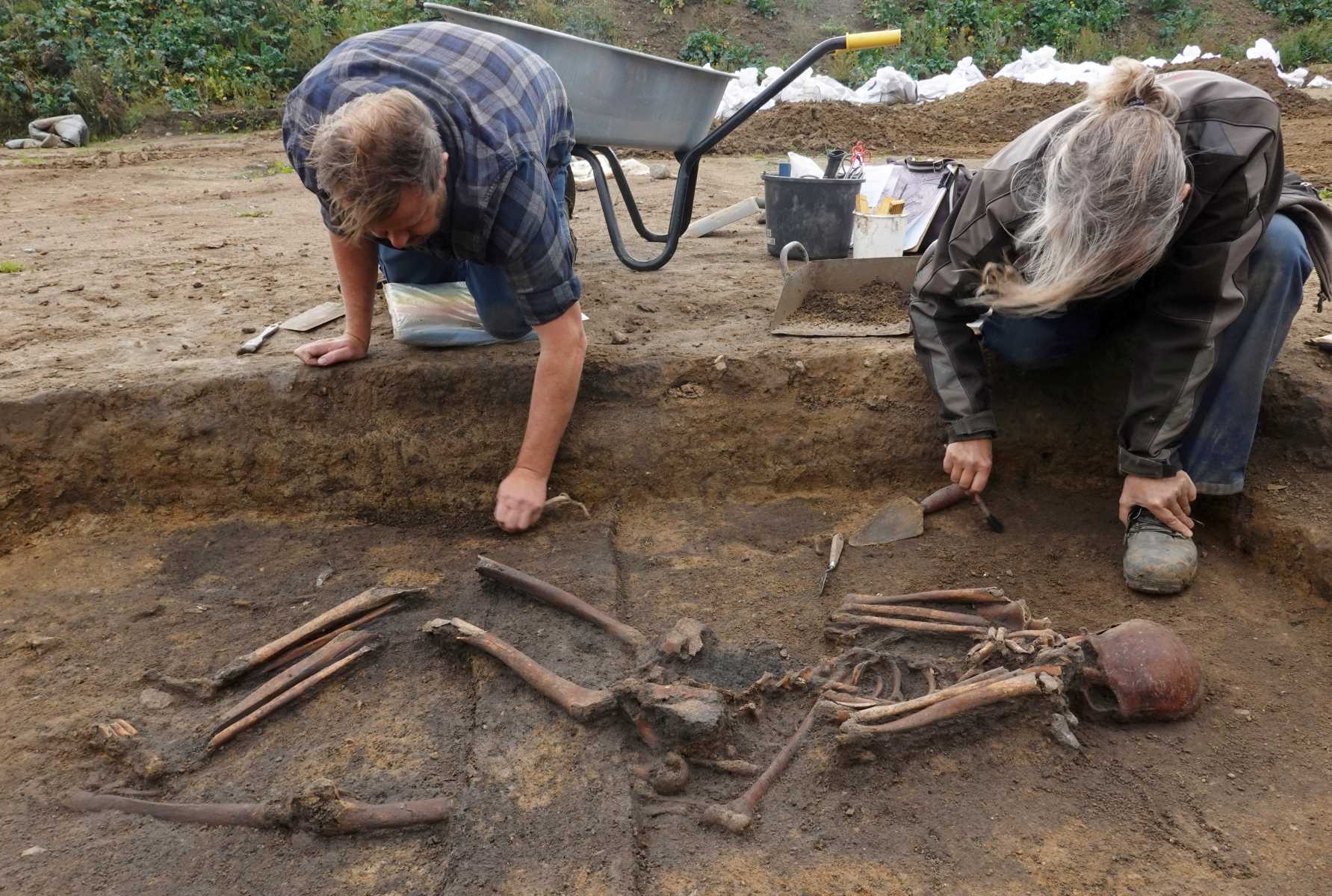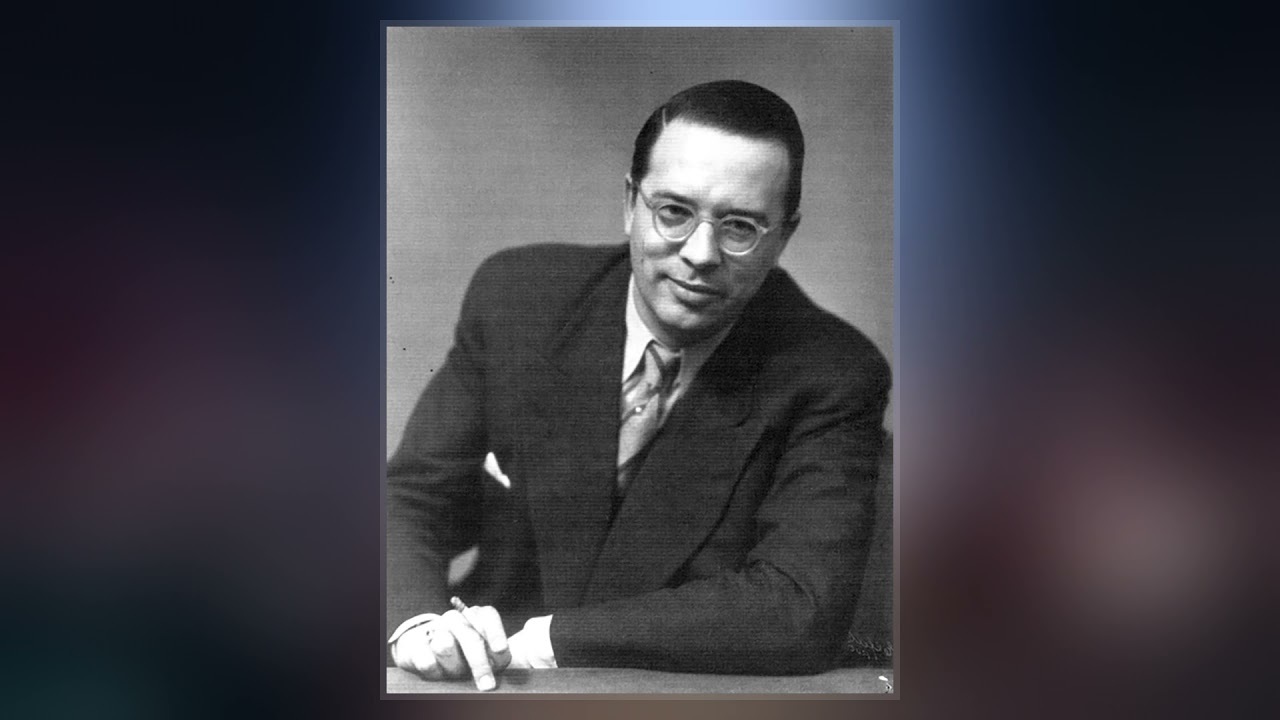
Ever wondered what secrets Viking skeletons hold? These ancient remains offer a fascinating glimpse into the lives of these legendary Norse warriors. From their diet to their battle wounds, Viking skeletons tell stories of adventure, hardship, and resilience. Did you know that some Viking skeletons have been found with filed teeth, possibly for intimidation? Or that their bones reveal a diet rich in fish and meat? Intriguingly, many Viking graves include weapons, suggesting a culture deeply rooted in warfare. Join us as we delve into 35 captivating facts about Viking skeletons, uncovering the mysteries of these fierce seafarers.
Key Takeaways:
- Viking skeletons reveal their warrior culture, diverse burial practices, and physical characteristics, shedding light on their lives and beliefs. From filed teeth to mass graves, each discovery adds to the fascinating puzzle of Viking history.
- Modern science techniques, such as DNA and isotope analysis, provide new insights into Viking skeletons. From genetic links to ancient surgeries, these methods continue to uncover captivating details about the legendary Norse seafarers.
Viking Skeletons: Unearthing the Past
Viking skeletons provide a fascinating glimpse into the lives of these legendary Norse seafarers. From their burial practices to their physical characteristics, each discovery adds a piece to the puzzle of Viking history.
- Viking skeletons have been found in various parts of Europe, including Scandinavia, the British Isles, and even as far as Greenland.
- Many Viking skeletons are buried with weapons, suggesting their warrior culture.
- Some Viking graves contain both male and female skeletons, indicating that women also held significant roles.
- Viking skeletons often show signs of battle injuries, such as sword cuts and arrow wounds.
- Analysis of Viking teeth reveals that they had a diet rich in meat and fish.
- Some Viking skeletons have been found with filed teeth, possibly for decorative or ritual purposes.
- Viking skeletons are often found in ship burials, where the deceased was placed in a boat and buried with their possessions.
- The average height of Viking men was around 5 feet 7 inches, while women were about 5 feet 2 inches.
- Viking skeletons show evidence of arthritis, likely due to their physically demanding lifestyle.
- Some Viking skeletons have been found with traces of tattoos, as indicated by preserved skin and historical accounts.
Viking Burial Practices
Viking burial practices were diverse and often elaborate, reflecting their beliefs about the afterlife. These practices provide valuable insights into their culture and social structure.
- Viking skeletons are sometimes found in mass graves, suggesting large-scale battles or raids.
- Some Viking graves include animal skeletons, indicating that animals were sacrificed for the deceased.
- Viking skeletons have been found with grave goods such as jewelry, tools, and household items.
- Some Viking graves are marked by large stones or mounds, known as cairns or barrows.
- Viking skeletons have been discovered in both cremation and inhumation burials, showing varied funeral customs.
- Some Viking graves contain skeletons with coins placed over their eyes, possibly to pay the ferryman for passage to the afterlife.
- Viking skeletons have been found in Christian cemeteries, indicating a blend of pagan and Christian practices.
- Some Viking graves include skeletons of slaves or servants, buried alongside their masters.
- Viking skeletons have been found in bogs, suggesting ritualistic or sacrificial practices.
- Some Viking graves contain skeletons with evidence of trepanation, a surgical procedure involving drilling holes in the skull.
Physical Characteristics of Vikings
The physical characteristics of Viking skeletons reveal much about their health, lifestyle, and even their appearance. These findings help paint a picture of what Vikings looked like and how they lived.
- Viking skeletons often show signs of malnutrition, indicating periods of food scarcity.
- Some Viking skeletons have been found with evidence of dental abscesses and cavities, suggesting poor dental hygiene.
- Viking skeletons sometimes show signs of healed fractures, indicating that they survived significant injuries.
- Analysis of Viking bones reveals that they had strong, muscular builds, likely due to their active lifestyle.
- Some Viking skeletons have been found with evidence of diseases such as tuberculosis and leprosy.
- Viking skeletons often show signs of repetitive strain injuries, likely from rowing and other physical activities.
- Some Viking skeletons have been found with evidence of genetic disorders, such as dwarfism.
- Viking skeletons sometimes show signs of scurvy, a disease caused by vitamin C deficiency.
- Analysis of Viking hair found with skeletons reveals that they had a variety of hair colors, including blonde, brown, and red.
- Some Viking skeletons have been found with evidence of cranial deformation, possibly due to cultural practices.
Viking Skeletons and Modern Science
Modern scientific techniques have revolutionized the study of Viking skeletons, providing new insights into their lives and deaths. These methods continue to uncover fascinating details about the Viking era.
- DNA analysis of Viking skeletons has revealed their genetic links to modern populations in Scandinavia and beyond.
- Isotope analysis of Viking bones can determine their diet and even their geographic origins.
- Some Viking skeletons have been found with evidence of ancient surgical procedures, such as bone setting and amputation.
- Radiocarbon dating of Viking skeletons helps establish the timeline of their activities and migrations.
- Advanced imaging techniques, such as CT scans, allow researchers to study Viking skeletons without damaging them.
Final Thoughts on Viking Skeletons
Viking skeletons reveal a lot about their lives. These ancient remains show us their diet, health, and even their travels. For instance, isotopic analysis of bones tells us they ate a lot of fish and meat. Some skeletons have battle wounds, proving they were fierce warriors. Others show signs of diseases like arthritis, indicating they lived long enough to develop such conditions. Viking graves also include artifacts like weapons and jewelry, hinting at their social status and beliefs. Studying these skeletons helps us understand Viking culture better. It’s fascinating how much we can learn from bones buried for centuries. This knowledge not only enriches our history but also connects us to a time long past. So next time you think of Vikings, remember their skeletons hold stories waiting to be told.
Frequently Asked Questions
Was this page helpful?
Our commitment to delivering trustworthy and engaging content is at the heart of what we do. Each fact on our site is contributed by real users like you, bringing a wealth of diverse insights and information. To ensure the highest standards of accuracy and reliability, our dedicated editors meticulously review each submission. This process guarantees that the facts we share are not only fascinating but also credible. Trust in our commitment to quality and authenticity as you explore and learn with us.


